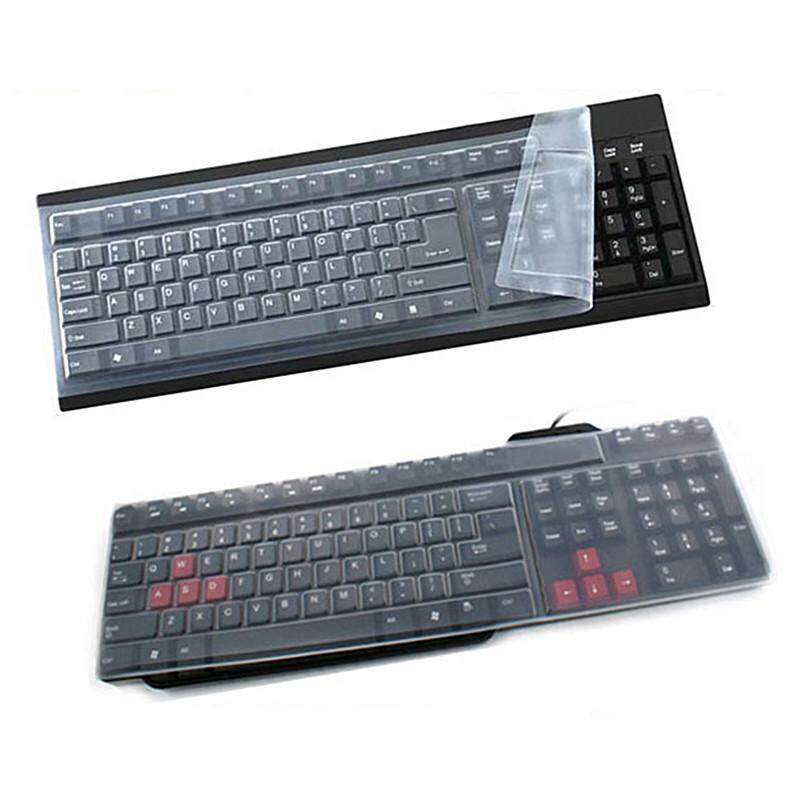



What’s more, because of the limitations in rendering CG content, the movements of the camera are often restricted to a dolly track or a few pre-selected shots for which the content (and lighting, as we’ll see) has been prepared. Practical effects were a deliberate choice for “The Child” (AKA Baby Yoda) as well. The advance is not in the idea but the execution: a confluence of technologies that redefines “virtual production” and will empower a new generation of creators.Īs detailed in an extensive report in American Cinematographer Magazine (I’ve been chasing this story for some time, but suspected this venerable trade publication would get the drop on me), the production process of “The Mandalorian” is completely unlike any before, and it’s hard to imagine any major film production not using the technology going forward. What is this magical new technology? It’s an evolution of a technique that’s been in use for nearly a century in one form or another: displaying a live image behind the actors. The cutting edge tech (literally) behind “The Mandalorian” creates a new standard and paradigm for media - and the audience will be none the wiser. But while a successful live-action Star Wars TV series is important in its own right, the way this particular show was made represents a far greater change, perhaps the most important since the green screen. “The Mandalorian” was a pretty good show.


 0 kommentar(er)
0 kommentar(er)
